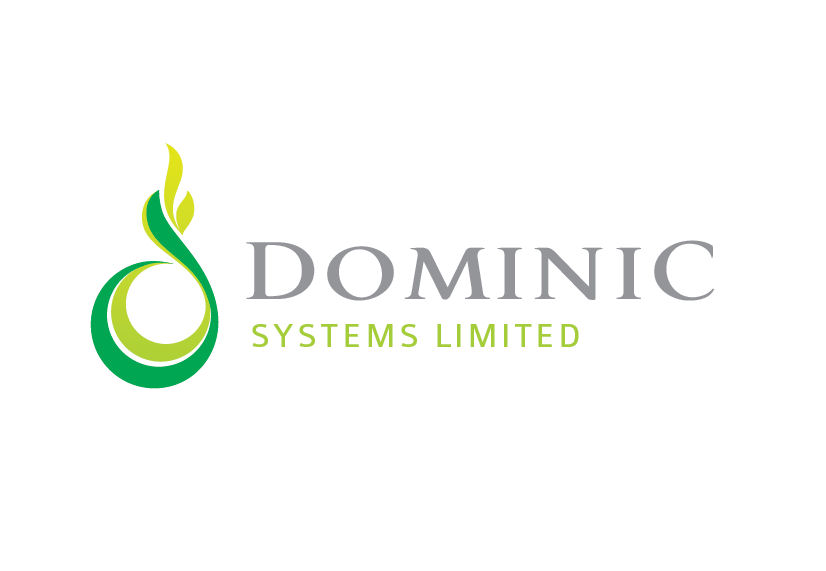DYNAMICS 365 CRM CONSULTING
Best Practices for Data Migration to Microsoft D365 CRM

Companies are increasingly turning to robust Customer Relationship Management (CRM) systems, like Microsoft Dynamics 365, because they need customer data to competitively enhance business operations and customer interactions. However, the successful adoption of a CRM platform hinges on quality data, including historical customer data, to tell the full story. This article will help you migrate your customer data into a new CRM using best practices.
Why Choose Microsoft Dynamics 365 CRM for Your Business?
Microsoft Dynamics 365 CRM enables businesses to manage customer data, improve workflows, and gain actionable insights. With features like automation, analytics, AI, and integration with other Microsoft tools, it’s a popular choice for organizations across industries.
Here are some standout benefits:
- Unified Ecosystem: Seamlessly integrates with Office 365, SharePoint, and Azure.
- Customizable Dashboards: Tailor reports and analytics to fit your business needs.
- Scalability: A flexible solution that grows with your business.
- AI Capabilities: Leverage AI for predictive analytics and better decision-making.
Migrating to Microsoft Dynamics 365 ensures your business leverages these features to drive efficiency and growth.
Key Steps in Data Migration to Microsoft Dynamics 365 CRM
1. Define Clear Objectives
Start by understanding why you’re migrating data. Are you looking to improve operational efficiency, consolidate systems, or access advanced features? Defining goals ensures you stay focused and aligned with your business needs.
2. Assess Your Existing Data
Before migration, conduct a comprehensive data audit. This step helps you identify:
- Redundant or outdated data
- Inconsistent formatting or duplicates
- Missing information
Clean and standardize data to improve accuracy during migration.
3. Choose the Right Data Migration Tools
Microsoft offers robust tools like the Data Import Wizard and Power Automate to simplify migration. Evaluate tools based on your requirements, such as volume, complexity, and integration needs.
4. Map Data Fields
Ensure a seamless transfer by mapping legacy data fields to the corresponding fields in Dynamics 365. For instance:
| Legacy System Field | Dynamics 365 Field |
| Customer ID | Contact ID |
| Phone Number | Primary Phone Number |
Mapping ensures data consistency and usability.
5. Run a Test Migration
Perform a pilot migration with a small dataset to identify errors or potential issues. Use this phase to verify:
- Data accuracy
- Field mapping
- Workflow integrations
Refine your migration strategy based on the test results.
Common Challenges in Data Migration to Microsoft Dynamics 365 CRM
1. Data Quality Issues
Poor-quality data can disrupt workflows and result in errors. Conducting thorough cleansing is critical to minimize such risks.
2. Complexity of Legacy Systems
Legacy systems may have incompatible formats or outdated fields. Use tools like ETL (Extract, Transform, Load) to standardize data for migration.
3. Downtime During Migration:
Minimizing disruption to daily operations is crucial. Plan your migration during non-peak hours or in stages to reduce downtime.
Pro Tips for Successful Data Migration
1. Partner with an Expert
Collaborating with certified Microsoft partners or consultants ensures a smoother migration process. Their expertise can save you time and resources.
2. Leverage Dynamics 365 APIs
For large-scale migrations, use the Dynamics 365 Web API to automate data transfer efficiently.
3. Conduct Post-Migration Testing
After completing the migration, test your Dynamics 365 CRM for:
- Data accuracy
- Workflow functionality
- System integrations
Post-migration testing ensures your system performs as expected.
How Long Does Data Migration to Microsoft Dynamics 365 CRM Take?
The duration depends on factors like the size of your data, complexity of the legacy system, and migration approach. While small migrations can take hours, complex migrations may require weeks.
To speed up the process:
- Conduct parallel testing.
- Use advanced automation tools.
- Limit unnecessary data transfer.
FAQs
Popular tools include Microsoft Data Import Wizard, Power Automate, and KingswaySoft. Choose one based on your volume and complexity requirements.
Encrypt data, use secure connections, and follow Microsoft’s compliance guidelines to safeguard sensitive information.
Yes. Tools like Power Automate and third-party integration platforms support migration from various CRMs like Salesforce or HubSpot.
Microsoft offers flexible storage plans. Additionally, you can optimize by archiving unused data.
Costs vary based on data volume, complexity, and whether you use in-house resources or hire consultants.
Yes, always back up your original data before migration. This ensures you can restore it if necessary.
Data migration to Microsoft Dynamics 365 CRM is a transformative step for any business. While the process may seem daunting, careful planning, the right tools, and expert guidance can ensure a seamless transition. By leveraging the powerful features of Dynamics 365, your business can achieve greater efficiency, better decision-making, and improved customer relationships. Start your migration journey today and unlock the full potential of Microsoft Dynamics 365 CRM!
